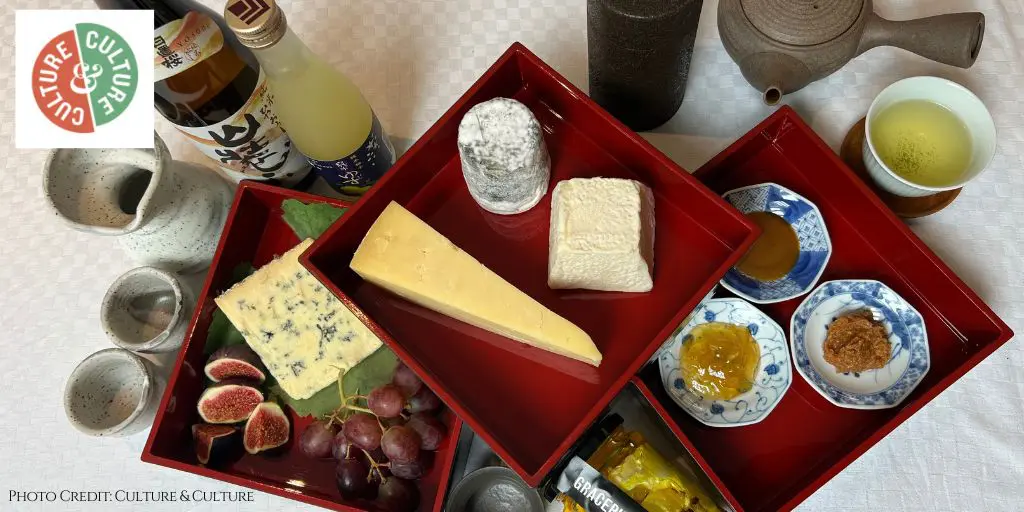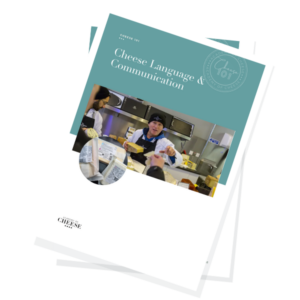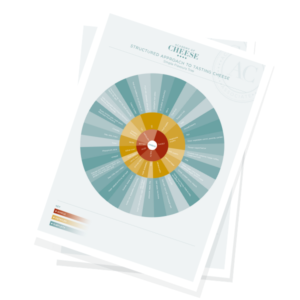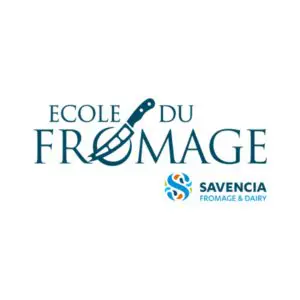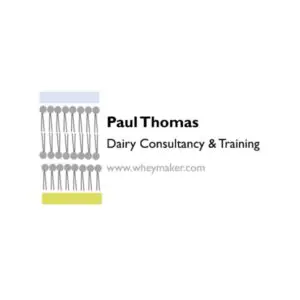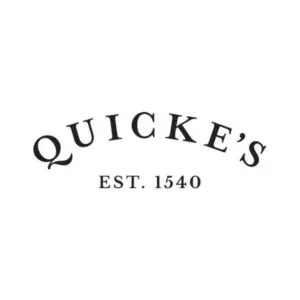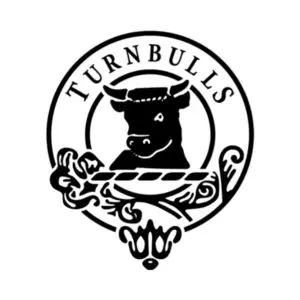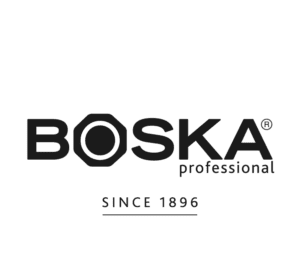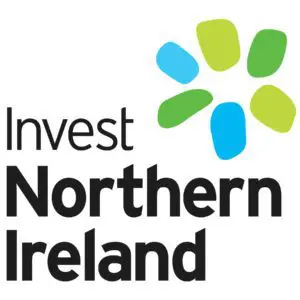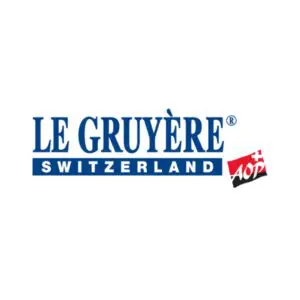Cheese Language & Communication
How to talk about and describe cheese using the specific industry recognised language.

101 guide – Cheese Language & Communication | Chapter one
How to describe cheese?
The language of cheese
Whether you work in the cheese industry or just like eating the stuff, you will be aware that cheese, like wine, has a language of its own. In place of grape variety, for instance, we are told of the breed of animal the milk comes from and where there is no abv % in cheese, there are other, equally important, often legally required key descriptors that must be communicated, such as whether the milk has been pasteurised or the cheese made with vegetarian or animal rennet.
There are similarities also, such as country of origin, age and whether a cheese has a Protected status, in the same way a Rioja or Champagne does. For instance, did you know that “cheddar” can be made anywhere in the world, whilst Feta can only be made in Greece?

Understanding cheese words
Legal requirements aside, being able to understand and use the correct vocabulary when it comes to categorising a cheese and describing its flavours will help determine whether you or, if you’re in the industry, your customers will prefer one style of cheese over another. Once you’ve developed an awareness of these styles and flavours, it makes it much easier to consistently find similar cheeses.
Ultimately, learning the ins and outs of cheese-speak will equip you with a refined and professional vocabulary to allow you to choose and discuss your cheese more confidently, whether you are communicating with friends, consumers, retailers, cheesemongers or makers.

Pairing Cheese
Another area of cheese communication is that of making recommendations of what to eat and drink with your chosen cheeses. There is no right or wrong way to match your cheese with drinks and accompaniments; people will pick up different flavour profiles from the same cheese whilst some may just not enjoy certain combinations. That said, however, there are several rules and principles that give a good starting point when it comes to making pairing suggestions. Perhaps the most fool proof recommendation, is that of locality: which means matching is at its strongest when extracted from a local cuisine or terroir. Here, generations of a community will have evolved whole recipes and menus, and grown the ingredients to create them, to become a complementary whole.
What are the key descriptors of cheese?
Going back to the initial definition of communication, the transmission, or exchange of information, may take the form of verbal communication, for instance between friends at a dinner party; cheesemonger and customer; wholesaler and retailer; sommelier and diner or author and reader.
Additionally, it can be written, in the form of labelling: think of the signage in a cheesemongers; on the actual packaging or embedded onto a website or in a written review.
Whichever format this information takes in whatever circumstances, the information and knowledge can be summarised and categorised under the following:
Cheese Country of origin
Put simply, this is where the cheese is made.
Species of milking animal
What animal the milk to make the cheese comes from e.g., Cow, Goat, Sheep (sometimes referred to as Ewe), Buffalo etc. Please note, this can be more than one animal.
Rennet
An enzyme-based ingredient used in cheesemaking, rennet helps to coagulate the casein protein in milk, thus allowing the curds to separate from the whey. Rennet can either be “animal”, whereby it comes from the fourth stomach of unweaned, ruminant mammals or “vegetarian / microbial”, whereby it is manufactured using either an extract of plants (vegetal rennet), from moulds (microbial rennet) or fermentation derived chymosin. This is important to those with specific dietary preferences.
Raw/pasteurised milk
Referring to whether the milk has been heat-treated or not. Pasteurised milk will have been heat-treated to kill of any pathogenic bacteria, whilst raw milk (sometimes referred to as unpasteurised) has not undergone this process. Some cheesemakers prefer to use raw milk, as it is a widely held view that it carries the flavours of the terroir and nuances of the season in which it is made; some cheeses with protected status must be made with raw milk (Parmigiana Reggiano), whilst some have to be made with pasteurised milk (Blue Stilton for example). Some countries (certain states within the US for example) have laws about producing and importing raw-milk cheeses, whilst immune-compromised people may need to keep raw-milk products out of their diets.
Cheese’s Make Post-Make (MPM) class
With literally thousands of different cheeses made across the world, it helps to have a classification system that enables the buyer to quickly identify and place a cheese. The Academy of Cheese’s Make Post-Make model (MPM) of categorising cheese is a unique tool that, rather than using vague, undefined terms, groups cheeses according to similarities in their production.
To begin with, cheeses are categorised by their initial production process. In other words, how the initial curd or cheese is made. This is the Make class and consists of Soft, Crumbly, Hard and Hard-Pressed. The PostMake class describes what happens to the cheese after this point. So, for instance, a Blue Stilton will fall into the Crumbly Make and Internal (Blue) Mould Post-make category, whilst a Brie-style cheese would be classified as Soft (Make) and External Mould Ripened Post-make.
Knowing and understanding the different MPM categories enables you to have an expectation as to the taste and texture of the cheese.
Protected status: some UK and European cheeses have protected status; for instance, a Camembert de Normandie PDO is different to that of a generic Camembert. A cheese can be protected, based on where it is made, geographically; how it is made, eg hand-ladled; and the source of milk (certain breed of cow for example) and whether it’s pasteurised. EU labels include PDO (AOP in Switzerland), PGI (IGP in Switzerland) and TSG. Since leaving the EU in 2020, the UK still follows the same designations, but the logos representing them are different. The protection of these cheeses is important to producers, wholesalers, retailers and consumers as they have an implication on the price and quality of the end product.
Age: This relates to how old the cheese is since it was made. The age of the cheese is usually several months for Crumbly, Hard and Hard Cooked Makes, whilst soft cheeses will not normally be older than 8 weeks. There are exceptions and extremes to this rule, with the heavy-weights such as vintage cheddars, some Alpine cheeses and Parmigiano Reggiano’s going over 24 months and soft, fresh cheese sometimes only a few days old. A month can make a huge difference to a soft, mould-ripened cheese, so it is prudent to ask a cheesemonger the age of a Brie de Meaux, for example.
101 guide – Cheese Language & Communication | Chapter two
How does the Cheese Industry communicate about cheese?
A shared Cheese Vocabulary
First impressions count, which is why communication is such a key component of business, especially in the retail sphere. Excellent internal and external communication in retail will have a positive effect on both customers and employees.
But it is not only about the fluffy stuff; there are legal and social responsibilities when it comes to selling cheese, and these responsibilities differ depending upon whether it is sold pre-packed or “loose” on a cheese counter.

For instance, when cheese is sold directly in its original packaging to the consumer, labelling on cheese is key and must include, aside from the name of the cheese: ingredients, nutritional information, allergens, weight, storage, whether it’s pasteurised, Best Before / Use by date. The list of information isn’t quite so long for artisanal cheeses sold from a cheese counter, nor for those sold in a hospitality environment. Customers would expect, however, to have access to a certain amount of information, whether that is via shelf tagging or verbal exchange. And whilst signage might seem like a trivial part of the day-to-day, it plays a massive part in getting the correct message across in the most effective way. This doesn’t just relate to the actual content, it also includes format, tone and consistency.
Know Your Customer
When selling cheese, it is important to learn who your customer is, and what their context is. With more and more people being prone to food intolerances, compromised immune systems, and dietary preferences it is important to begin with questions, such as:
- Are they lactose intolerant?
- Are they vegetarian or vegan?
- Are they pregnant?
- Do they have religious beliefs that may prevent the use of animal rennet?
Whether you’re a cheesemonger talking to a customer, or a cheesemaker dealing with a wholesaler, being armed with the full, relevant and accurate information, ie. the key descriptors above, will lead to customer satisfaction and a deepened trust in your company, which will in turn lead to repeat custom. It will also result in an engaged, empowered and ultimately happy workforce.
101 guide – Cheese Language & Communication | Chapter three
How to talk to consumers about buying cheese
Talking about cheese to shoppers
How many times have you walked into a cheesemongers, or down the cheese aisle in a supermarket and not known where to start or what to ask for? How would you like to walk in and confidently find the perfect cheese for whatever your occasion?
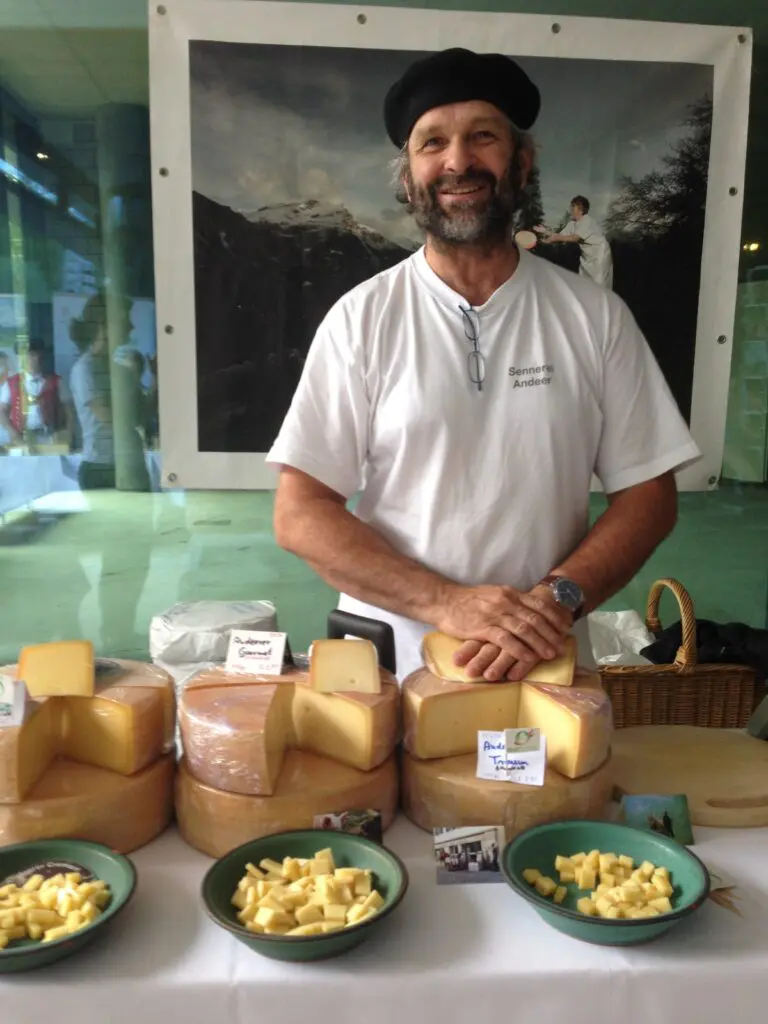
Perhaps you are entertaining pregnant or lactose-intolerant friends and not sure if you can serve a certain cheese? And do you ever wonder why some cheeses, like Brie de Meaux and Comte are more expensive than their counterparts? Understanding that a cheese has protected status and has a PDO for example, you will know it is going to be of a certain quality and likely to command a premium price.
With pre-packaged cheese, and in an established cheesemongers, a lot of this information will be already available, either on the printed label, or on a shelf tag. In the absence of this information, you need to be armed with the correct questions to ask.
Buying Cheese
Whether you are buying cheese in a supermarket or cheesemongers, ordering from a cheese trolley in a restaurant, it will help to have some knowledge of the key descriptors that will have an impact on the style and flavour of the cheese, such as age, breed of animal and age of the cheese.
Perhaps the starting point of any decision would be knowing the type, or categories of cheese you and your guests like; understanding the correct categorisation of a cheese, using the Academy’s industry recognised Make Post-make model will enable you to have an expectation as to the taste and texture of the cheese. In understanding the key descriptors of a cheese, a consumer will make more considered purchases, and ultimately gain a greater appreciation and enjoyment of their cheese.
101 guide – Cheese Language & Communication | Chapter four
The Academy of Cheese’s language of cheese
A common language of cheese
Reliable, consistent and effective communication about cheese is perhaps the cornerstone of the Academy’s teaching and certifications. In recognition of this, the Academy has developed three practical tools to help industry professionals and consumers.
The Make Post-Make model brings an industry-recognised categorisation of different cheeses, whilst their Simple and Complex Flavour trees bring a common language to describe them. Whilst the Cheese Library provides all the key descriptors pertaining to a cheese against each listing.
These tools are used throughout the Academy’s certifications and in the context of any tasting events. Many of the tasting events will also focus on pairings; this is an important part of the Communicating modules, and will help industry professionals and consumers alike, enhance their appreciation of cheese.
101 guide – Cheese Language & Communication | Chapter five
Learn to talk about cheese
Each of the Academy’s certifications build upon the previous level, progressing from a basic understanding of what the key descriptors are at Level One, to the ability to talk about cheese across all subject areas at a level appropriate to any audience at Level Three.

Level one – Key descriptors of cheese
At Level One, we introduce delegates to the key descriptors, i.e., country of origin, species of milking animal, vegetarian/animal rennet, raw/pasteurised milk, MPM class and protected status age. Delegates will also be taught the basic principles of pairing cheese with drinks.
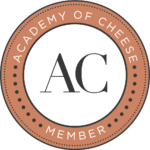
Level two – Communicating professionally about Cheese
At Level Two, we illustrate how the key descriptors can be delivered in different ways, through a variety of verbal and non-verbal methods in both a retail and food-service environment. We take a deeper delve into the health benefits of cheese and how these can be communicated effectively, whilst acknowledging the varying needs of high-risk groups. By the end of this Level, delegates will be able to recommend appropriate food accompaniments and drinks to pair with cheese.

Level three – Alternative cheese classification methods
Level Three looks at alternative cheese classification methods used across the globe, whilst addressing higher-level concerns within the industry, be those directed from a trade professional or a consumer, such as the role of organic farming and genetically modified ingredients. Delegates will be expected to speak or write about cheese or cheesemaking at a level appropriate to their audience and they will recommend appropriate cheeses for recipes based upon expected properties (e.g., melting, crumbling, grating).
101 Guide Resources
Find all the articles, video, and resources you need to study this subject.
Cheese Language & Communication articles
Cheese Language & Communication videos
Cheese Language & Communication resources
More subjects to explore.
Cheese, obviously! We are the Academy of Cheese after all. But, our mission is much greater than just a passion for cheese. Check out the pages below to see why we need to protect, support and promote cheese, its makers and mongers, how it’s possible and what we are doing to get there.
Keep up to date with our progress. Subscribe to our blog!
Subscribe to our blogs
Get Academy mission updates delivered straight to your inbox. Subscribe to our blog and we’ll let you know what we are doing to protect, support and promote cheese, its makers and mongers as it happens.
